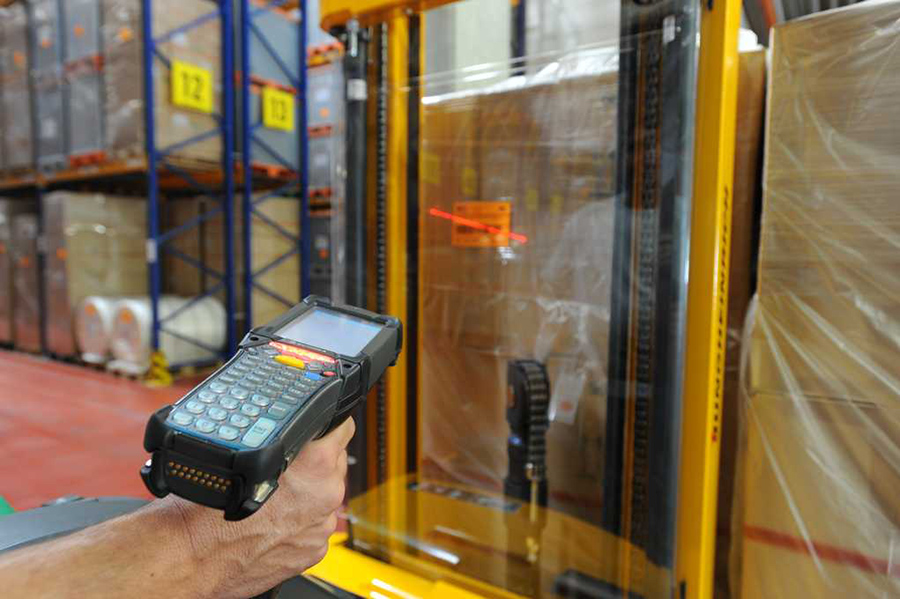Out with the old and in with the new is not always the case. Customers working in the arduous enterprise environment demand longer usage lifecycle from their mobile devices, up to five years longer than the average smartphone user. But expecting said workforce mobile devices to maintain functionality, given the precarious nature of support coverage, patches and new releases, is definitely easier said than done. Until today.
Informs appreciates the magnitude of transitioning to a modern mobility platform and how critical it is that you understand your mobile OS transition options and make well-informed decisions about how to best support your enterprise environment. Informs sales, service and technical experts are knowledgeable in the latest industry trends and product trainings and are fully capable of guiding you through this complex transition. So, if you’re ready to transition to enhanced security, greater productivity and improved performance across your enterprise, you’ve come to the right place!
There’s a good chance you are facing the same dilemma other companies are experiencing, which is the end of support for a legacy Microsoft operating system. Saying good-bye to mainstream support and regular updates is difficult to imagine. But considering a transition plan for multiple devices and operating systems across your entire enterprise can be utterly terrifying. Fortunately, you’re not alone. Informs and Honeywell understand this challenge and have collaborated to deliver solutions that will bring you peace of mind and cohesion across your organization.
Given its large market share and extensive ecosystem of apps, developers and VARs, Android has evolved into the prevalent operating system for workforce enterprises, and for good reason. Let’s review the key elements that make Android the smart OS transition plan.
- Security
Mitigating security risks and protecting vital data are top priorities on everyone’s OS solutions checklist. Android delivers the highest level of security by deploying application isolation and exploit mitigation techniques. Users can also implement lockdown techniques through mobile device management or Honeywell Enterprise Launcher to further reduce the risk of malware intrusion. Simply stated, this limits what the user can do and what apps can run on the system.
- Added Features
Android Enterprise has added features like bulk provisioning to speed device setup, device owner mode to allow fully managed devices at the corporate level, always-on VPN and encryption enabled by default to protect personal and corporate data.
- Compatible Hardware
Selecting the right hardware is crucial. The smart choice is hardware that can support multiple operating systems, like the Honeywell CN75 and CK75 Series or the Honeywell CN51 mobile computer. With these mobile devices, you can choose either the Windows Embedded Handheld platform or Android, and Windows Embedded Handheld devices can be converted to Android at a future date. This allows existing legacy applications to continue running until your entire enterprise is ready to transition to Android.
Now that you know what the solution is, the next step is getting there. But how to do that without getting lost and frustrated along the way is fundamental. New apps, adapting workflows and changing mobile devices can be overwhelming. Informs can help you transition safely, securely and with minimal disruption to your day-to-day operations.
When you’re ready to deploy a strategic OS transition plan for your enterprise mobile devices, trust the Informs specialists, who fully understand the industry and can confidently and adeptly recommend the best products, services and solutions to meet your unique and specific needs. Every time.


Recent Comments